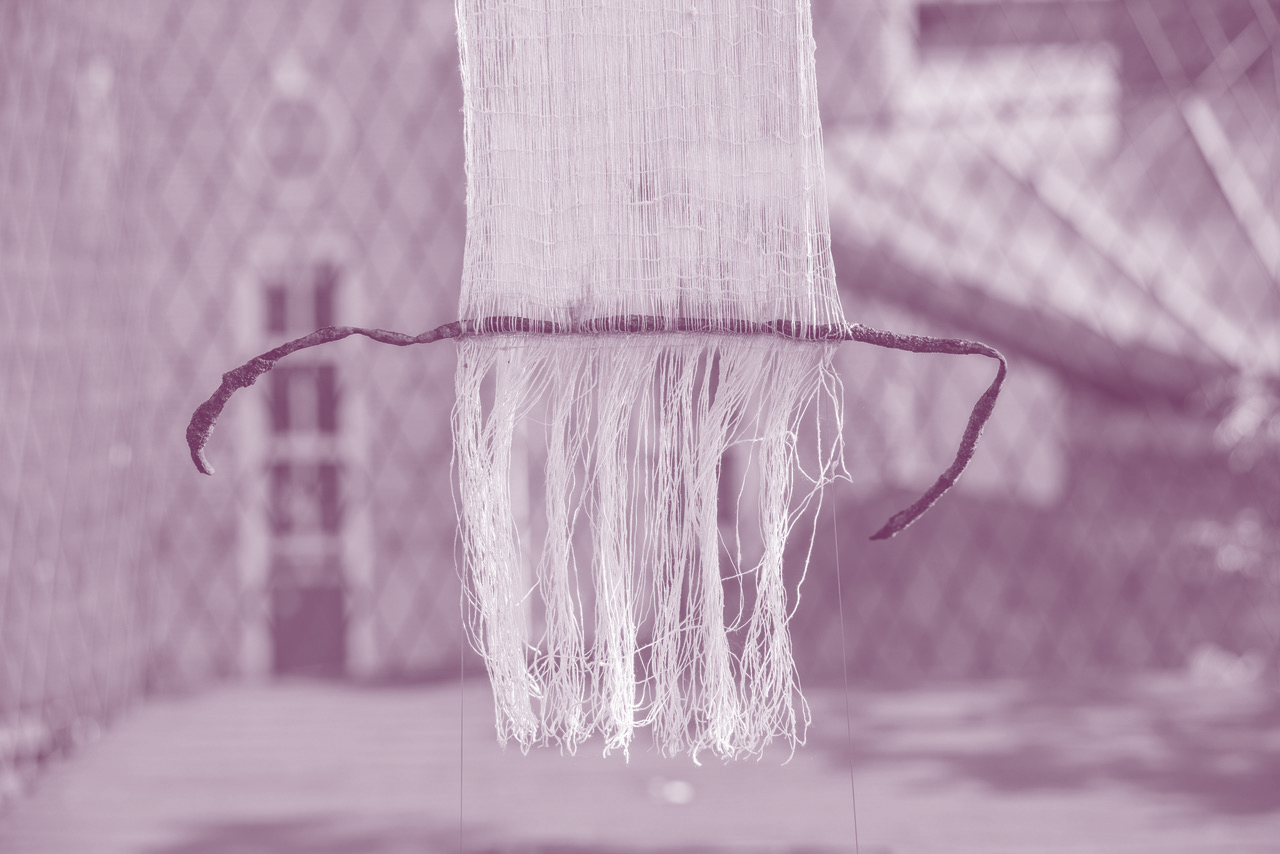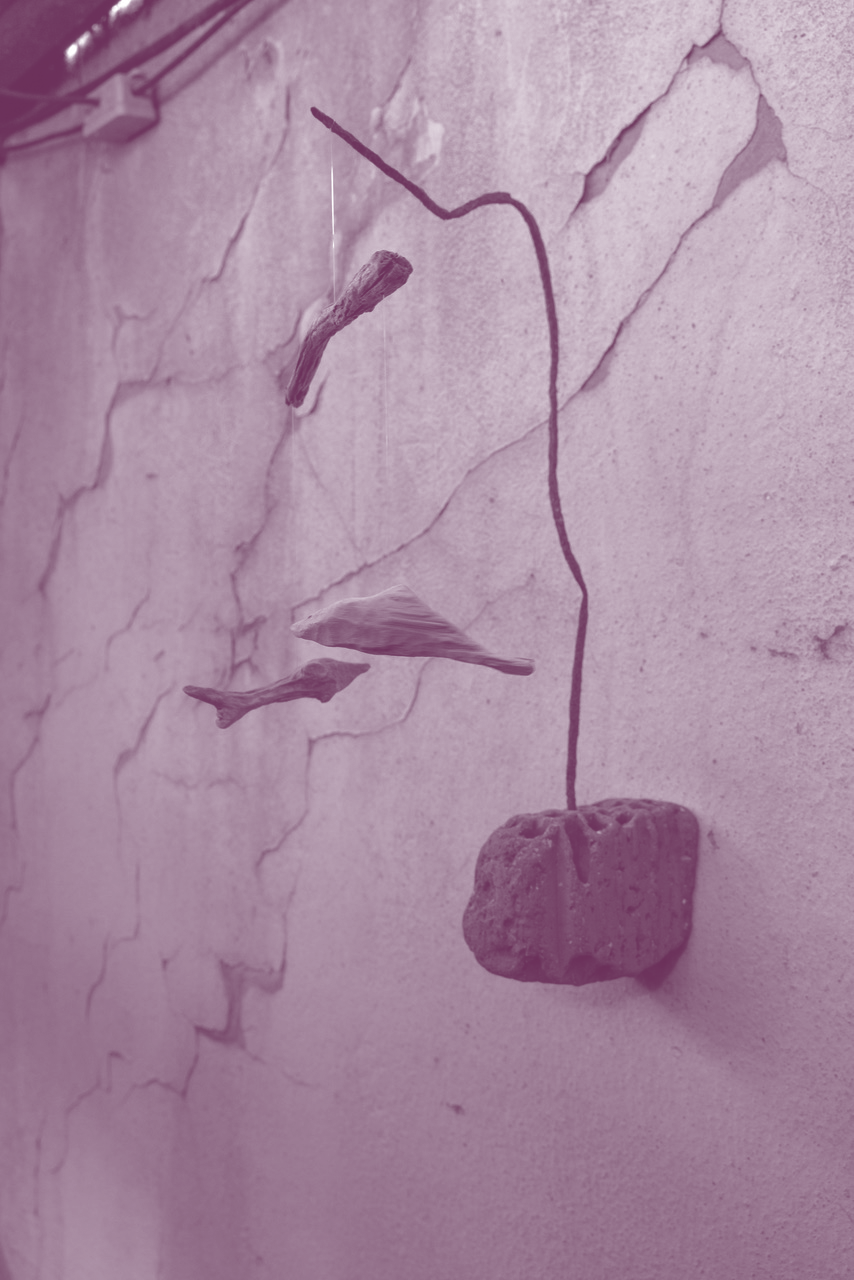'DEEP ECOLOGY'
"My standard example involves a non-human being I met forty years ago. I was looking through an old-fashioned microscope at the dramatic meeting of two drops of different chemicals. At that moment, a flea jumped from a lemming that was strolling along the table and landed in the middle of the acid chemicals. To save it was impossible. It took many minutes for the flea to die. Its movements were dreadfully expressive. Naturally, what I felt was a painful sense of compassion and empathy, but the empathy was not basic; rather, it was a process of identification: that “I saw myself in the flea.""
Arne Naess, "Self-realization: An Ecological Approach to Being in the World," in Deep Ecology for the Twenty-First Century, ed. George Sessions (Boston and London: Shambhala, 1995), 227.
Arne Naess, "Self-realization: An Ecological Approach to Being in the World," in Deep Ecology for the Twenty-First Century, ed. George Sessions (Boston and London: Shambhala, 1995), 227.



Images
Lost & Found I-III (2025) by Nele Kurvits. Found materials, random objects, fragments and residues from previous works. Exhibited in “always is everywhere”, Eesti Kaasaegse Kunsti Muuseum, Tallinn, 2025. Photos by Joosep Kivimäe.